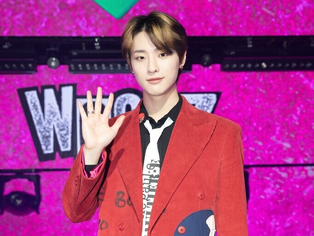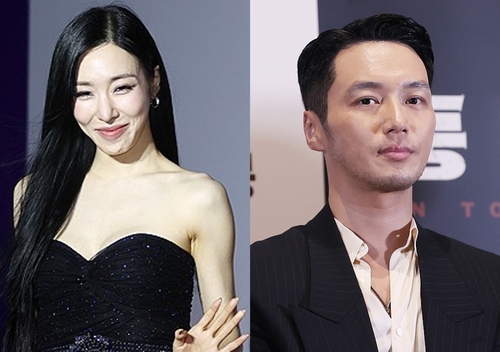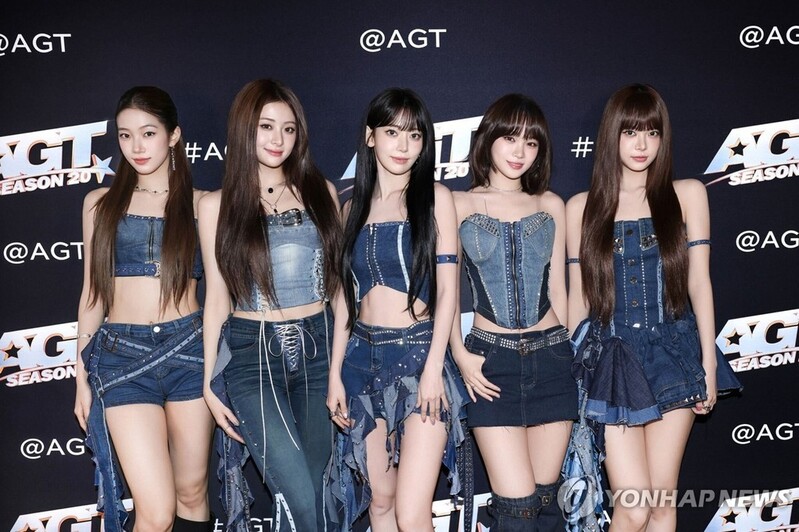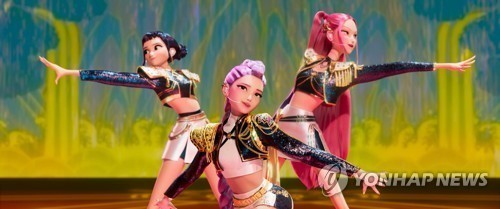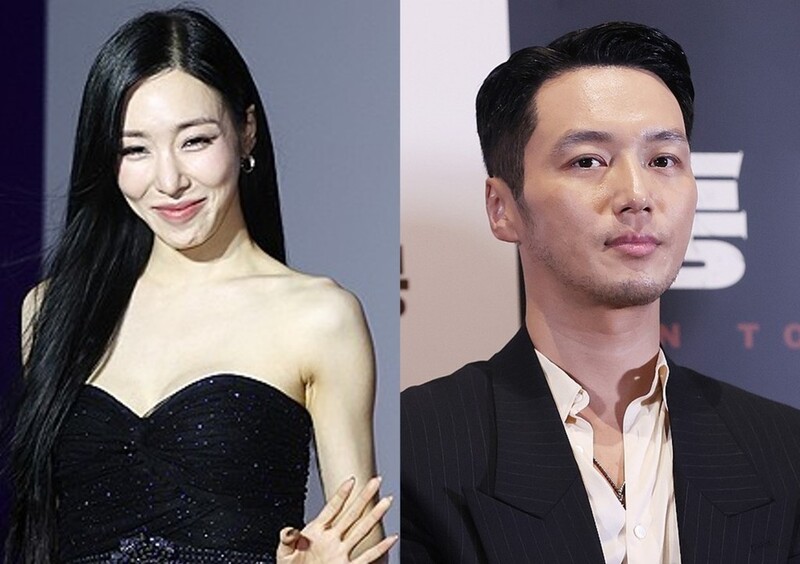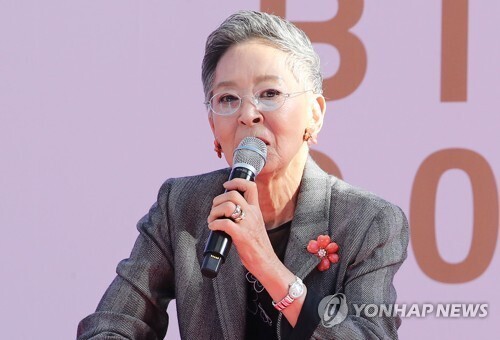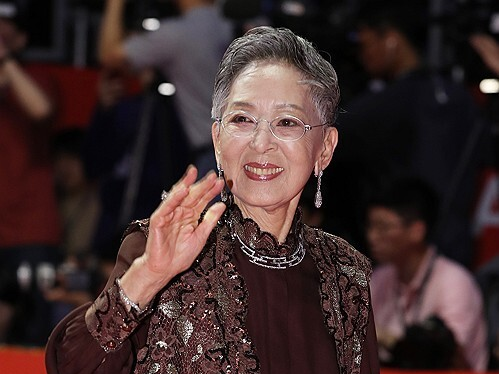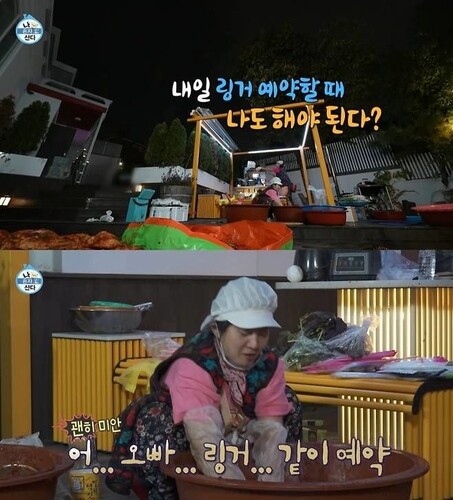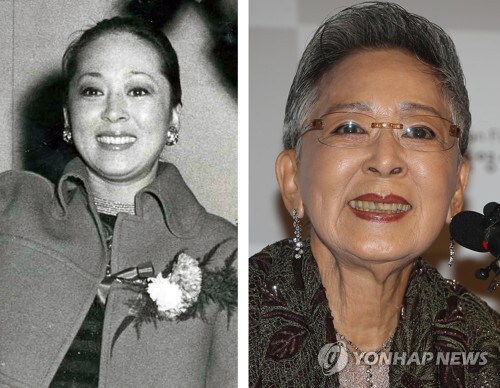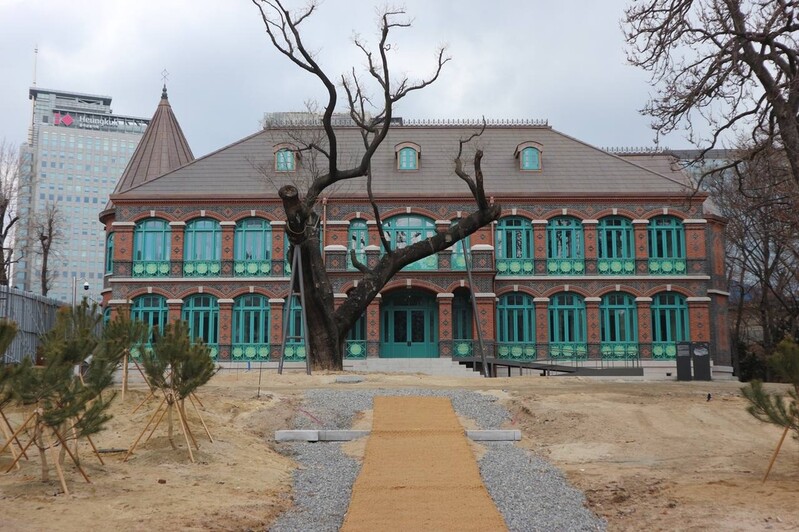 |
| ▲ This file photo shows the front view of Deoksugung's Dondeokjeon Hall. (Yonhap) |
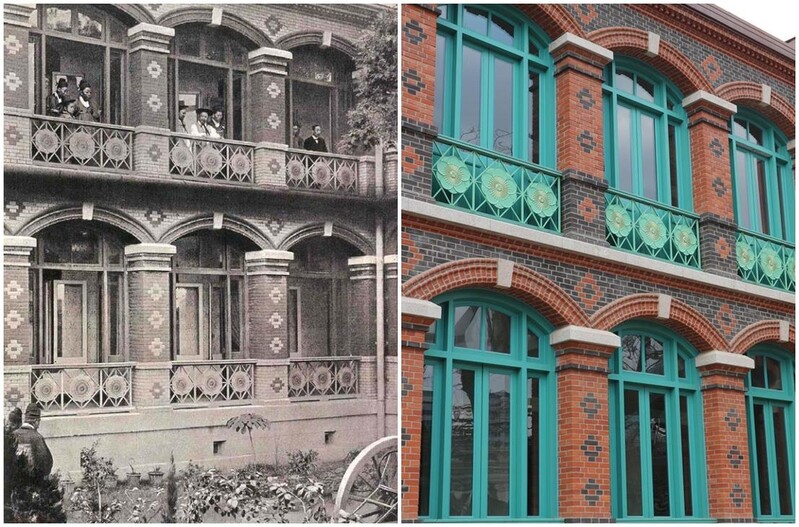 |
| ▲ This photo, provided by the CHA's 2016 report on the Reconstruction Research of the Dondeokjeon Hall, shows the front view of the Hall in the photo taken in 1907 and the front view of the reconstructed Hall. (PHOTO NOT FOR SALE) (Yonhap) |
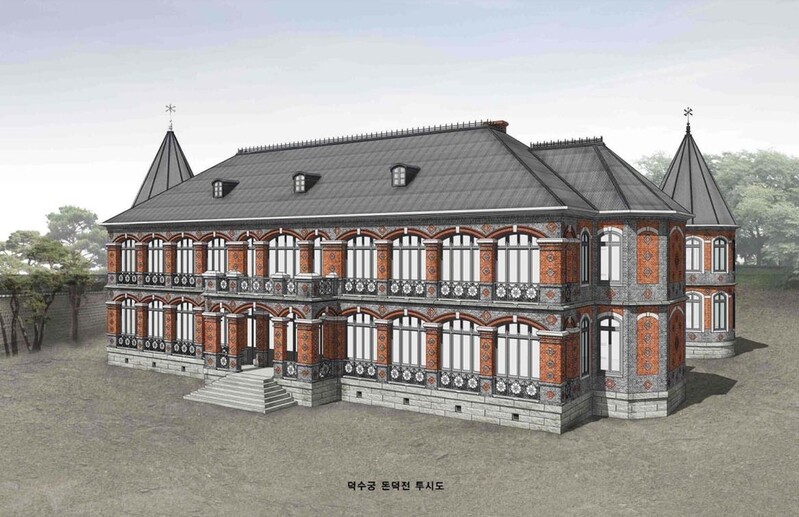 |
| ▲ This photo, provided by the CHA's 2016 report on the Reconstruction Research of the Dondeokjeon Hall, shows the three-dimensional picture of the Hall. (PHOTO NOT FOR SALE) (Yonhap) |
SEOUL, Feb. 20 (Yonhap) -- Walking along the serene Deoksugung Stonewall Walkway, which circles around one of the exquisite palaces of the Joseon Dynasty, a building far away has been catching the eyes of the pedestrians.
The monument, as if it was built in modern times, shows off well-crafted red bricks, blue window frames, and conical spires. A massive pattern of plum flowers symbolizing the Joseon royal family is engraved onto the railing that the pedestrians can get a peak of over the screen fence. This marvelous monument is named the Dondeokjeon Hall, a building where Emperor Sunjong of the Korean Empire ascended the throne in 1907, which is currently undergoing reconstruction.
The Cultural Heritage Administration (CHA) started planning the recreation in 2018 and completed the reconstruction last November after going through an inspection of the site and conservation, as well as solidifying the foundation of the monument. Now, there are only landscaping work and indoor construction left to be done.
The Dondeokjeon, which showed its face after a long wait, seemed to have been brought back to the past: The Dondeokjeon Hall, which was built around 1901 to be used as a Western-style banquet hall, is said to have been built in a European style, while its reception room is graced with golden curtains and wallpapers in honor of the emperor.
It also kept an article that witnessed how two Japanese people were caught by the police while trying to sneak into the palace to get a closer look at the building.
Song Myung-seok, the official in charge of the Palace Relics Division of the CHA, said, “It would mark the very first of modern buildings to be reconstructed in this way. We tried to reconstruct the building based on the remaining data we have, such as black and white photos, in order to fulfill the main objective of this project.”
The walls, which clearly appeared to be only in black-and-white colors in the remaining photos, are retouched colorfully.
In the building landscape that was released in the 2016 report on the Reconstruction Research of the Dondeokjeon of Deoksugung Palace that was published ahead of the reconstruction, the window frames and railings were colored in gray; however, they are now colored in celestial blue, which clearly stands out with the red brick on the exterior of the building.
Song said, “After having countless consultative meetings with experts, we decided to refer to the case of Jeonggwanheon, another building within Deoksugung Palace,” adding, “We have reached the conclusion that the color of blue will come to blend in with the color of the copper plate on the roof after some time.”
“It seems a bit awkward to use the word ‘reconstruction’ rather than ‘restoration.’ Instead of ‘restoring’ the old building as it was, we made a new Dondeokjeon based on the remaining photos and records of the monument. We had discussions over and over again,” he said.
It is said that the monument was already demolished in the 1930s, and there is not much data left for it to be reconstructed, which made it so difficult for the project to be carried out.
The modern bricks were not large in size, so they had to be specially manufactured and shaped with an average size of 23cm wide and 11cm long based on relics from the excavation survey. They were also stacked according to the way demonstrated in the photos.
“We also had to put a special order for the floor tiles at the entrance of the monument,” Song added. “We had about three expert meetings to compare the tiles excavated from the site with other building tiles in Deoksugung Palace only to find the right color.”
The locust tree, which is believed to have stood in front of the Dondeokjeon Hall, was also moved about 3 to 4m away from the Hall in order to secure the right environment for the tree to grow.
Initially, the construction was scheduled to be completed by 2021 but was delayed as the COVID-19 pandemic continued.
“While we are in the designing phase of the project, we planned a two-story building; however, we decided to also reconstruct the third floor for the Deoksugung Palace Management Office in order to make more efficient use of the venue, so we had to postpone our completion date,” Song explained.
The Dondeokjeon Hall will be officially opened to the public in the upcoming September after holding a signboard ceremony in May.
The first and second floors will exhibit the Pye-hyeon Room, where the officials met the Emperors and Empresses during the reign of King Gojong and Sunjong, along with rooms for diplomatic matters. Meanwhile, the visitors will also be able to catch up on the history of the Korean Empire.
There will also be a 19th-century-style library where visitors can freely access materials related to the Korean Empire. Moreover, there will be a glass floor on the first floor of the hallway, where they can get a clear view of the remains of the Dondeokjeon Hall when it was initially excavated.
Park Sung-kyu, a curator at the Deoksugung Palace Management Center, said, “We will be shedding light on the Korean history of independent modernization, efforts toward being a neutral country, as well as the unfulfilled dreams of the Korean Empire by focusing on Dondeok-jeon, which stood as a diplomatic venue 120 years ago.”
(This article is translated from Korean to English by Ha eun Lee)
(END)
(C) Yonhap News Agency. All Rights Reserved











